The Journey North: Harriet Tubman State Park
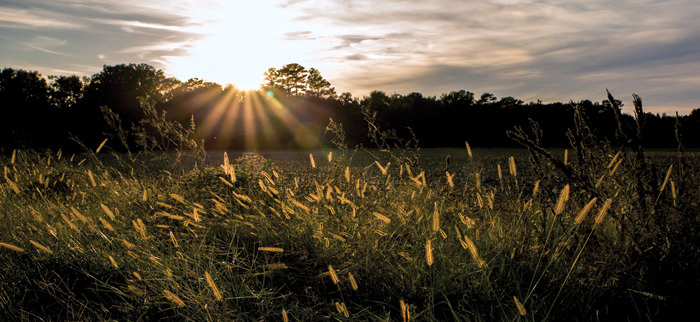
Bestpitch Ferry Road Marsh; courtesy of Visit Maryland
Among the wooded marsh in a small town called Church Creek sits Maryland’s newest state park, honoring the life and legacy of Dorchester County’s own Harriet Tubman.
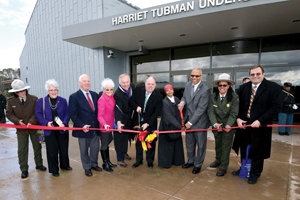
From left: Nita Settina, Nancy Kopp, Ben Cardin, Addie Eckardt, Peter Franchot, Larry Hogan, Millicent Sparks, Boyd Rutherford, Rose Fennel, Ricky Travers
In March 2013, several hundred supporters joined state officials as they broke ground for the 17-acre Harriet Tubman Underground Railroad State Park and Visitor Center, commemorating the legendary abolitionist.
At its grand opening weekend exactly four years later, the park opened to honored dignitaries, devoted partners and a receptive public.
Here on these grounds Tubman so bravely traversed, her valor lives on in those inspired to encourage those who need encouraging, to defend those who need defending, and to care for those who need caring.
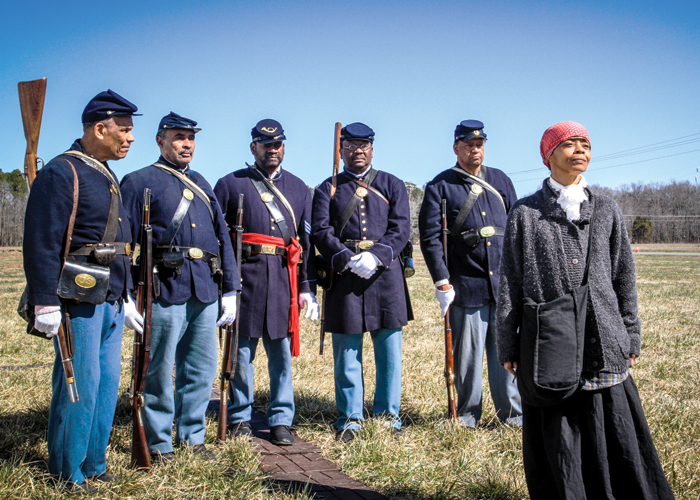
Tubman re-enactor Millicent Sparks; courtesy of Visit Maryland
Araminta “Minty” Ross was born into slavery in 1822 and gained international acclaim during her lifetime as an Underground Railroad agent, abolitionist, Civil War spy and nurse, suffragist and humanitarian.
She changed her name to Harriet upon her marriage to John Tubman, a free black man, in 1844. Faced with being sold to settle her dead master’s debts in 1849, she seized liberation instead. Traveling by night, she found her way through Delaware to freedom in Philadelphia. There, she found work in domestic service and saved money for her family’s escape.
Despite facing certain death if captured, Tubman successfully ferried approximately 70 people to freedom by 1860. Through detailed instructions, she enabled dozens more to find their way north independently.
Her passion for equality drove her to challenge women’s and African-American’s inferior political, economic and social roles. Her humanitarian work triumphed with the opening of a nursing home for aging African-Americans on her own land in Auburn, New York, where she passed away on March 10, 1913.
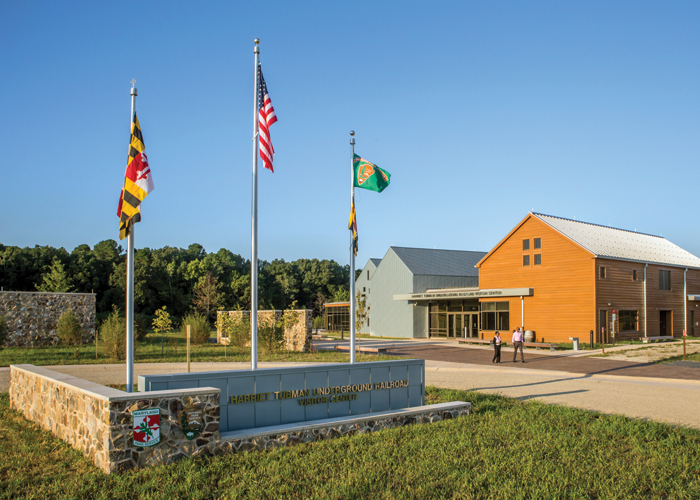
Visitor Center entrance; courtesy of Harriet Tubman Scenic Byway
The Maryland Park Service and the National Park Service jointly manage and operate the park and visitor center. Several other organizations also make this experience possible, including the Underground Railroad Network to Freedom Program, the Harriet Tubman Underground Railroad Byway and the International Coalition of Sites of Conscience.
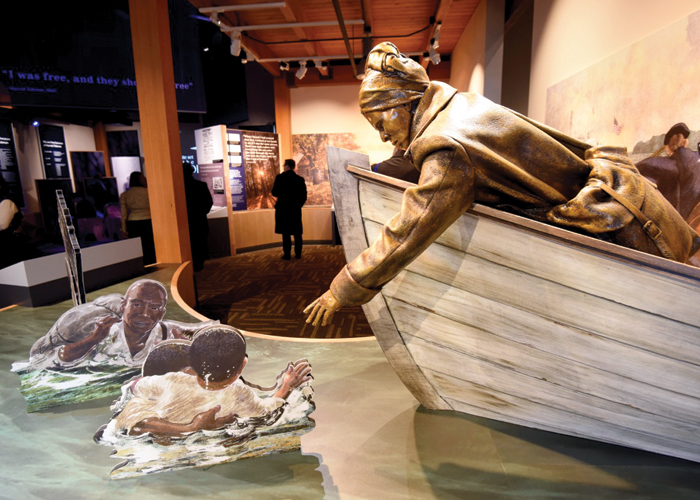
Exhibit; photo by Joe Andrucyk
Tubman learned to navigate the surrounding natural swamps, waterways, wetlands and upper forests both as a child in search of nearby family and as a slave working farms and harvesting timber. The survival techniques honed here contributed greatly to her strength and success.
Within the park, landscaping materials include native plants to the Eastern Shore. Lawns are a combination of mowed and un-mowed grasses to recall the farm fields common to the area. The park’s legacy garden offers an open, quiet space bounded by a network of paths.
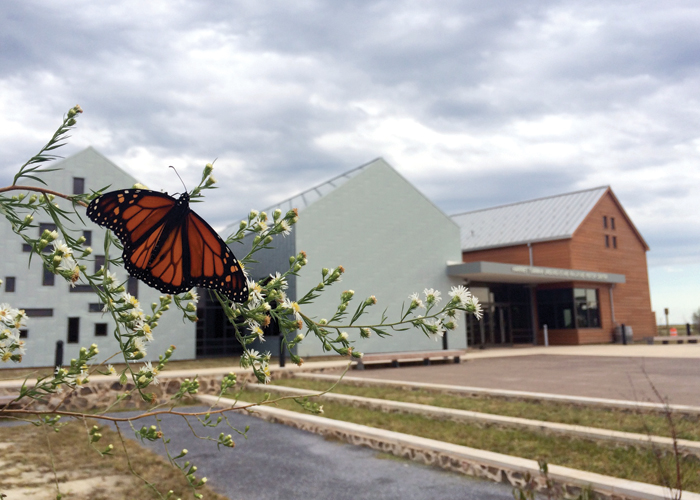
Visitor Center; courtesy of Visit Maryland
The visitor center’s bio-retention ponds, rain barrels and vegetative roofs earned a silver rating from the U.S. Green Building Council’s Leadership in Energy and Environmental Design program. Inside, the layout deliberately represents the northbound journey.
Article by Lauren Mitchell—graphic designer and publications manager.
Appears in Vol. 20, No. 2 of the Maryland Natural Resource magazine, spring 2017.


 1-888-373-7888
1-888-373-7888 233733
233733